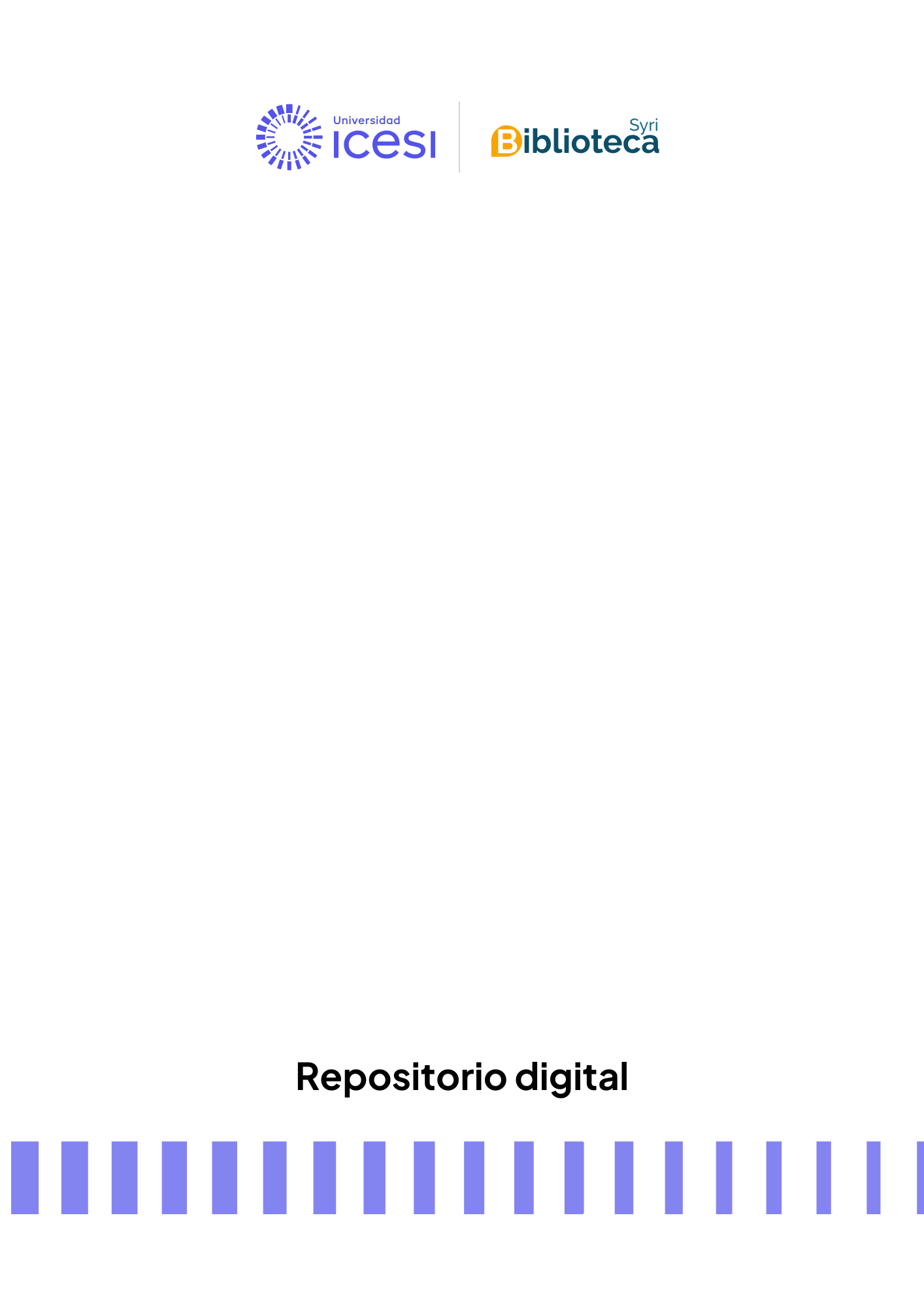Quantitation of trans -aconitic acid in different stages of the sugar-manufacturing process.

Archivos
Fecha
Director de tesis/Asesor
Título de la revista
ISSN de la revista
Título del volumen
Publicador
Editor
Compartir
Resumen
The sugar cane industry has seen how biomass production in sugar mills would be converted to a readily available source of molecules besides sugar. Properly managed, byproducts would be transformed into a sustainable source of renewable and environmentally friendly chemical products.1 As a principal and more abundant organic acid in sugar cane juice, trans-aconitic acid (TAA) has been studied for use as a plasticizer in the polymer industry.2 However, up to now no industrial-scale application has been reported. As a reasonable approach to recover TAA from a sugar mill, first, an analytical method to determine its presence in all stages of the sugar-manufacturing process is needed. A new modern method was developed to measure TAA in seven stages in a sugar mill located in Valle del Cauca, Colombia. The stages with higher content of TAA were syrup, with 3363.6 ± 589.3 mg/L, and honey (molasses), with 6110.05 ± 139.5 mg/L. © 2014 American Chemical Society.

